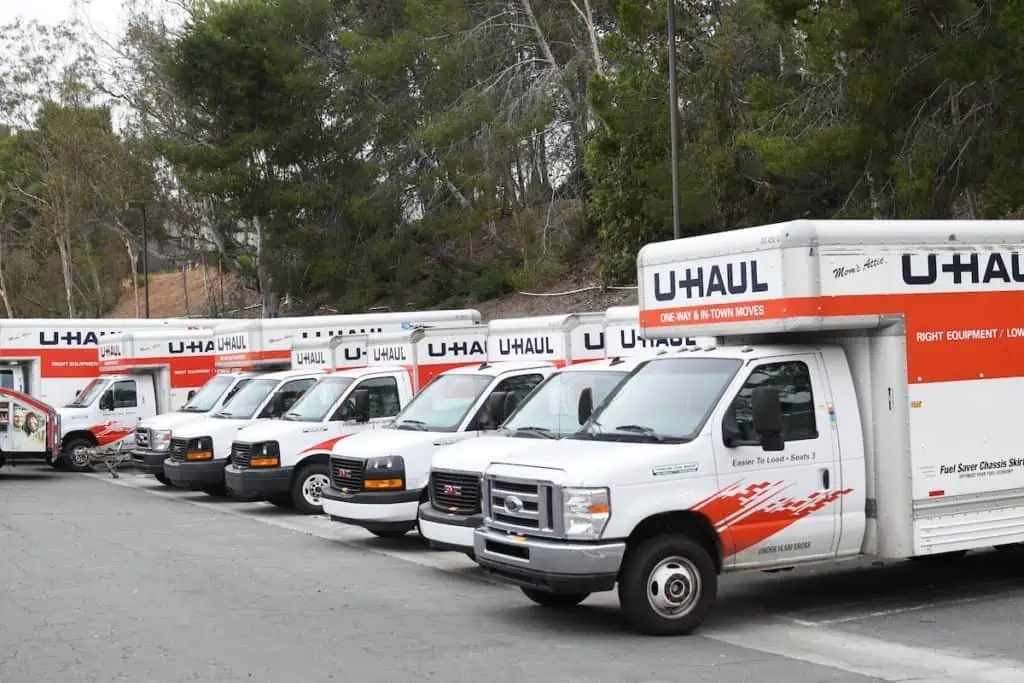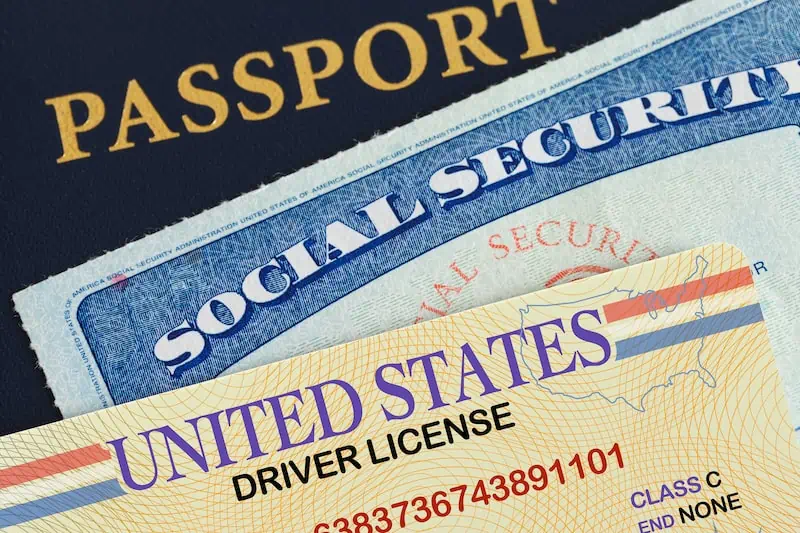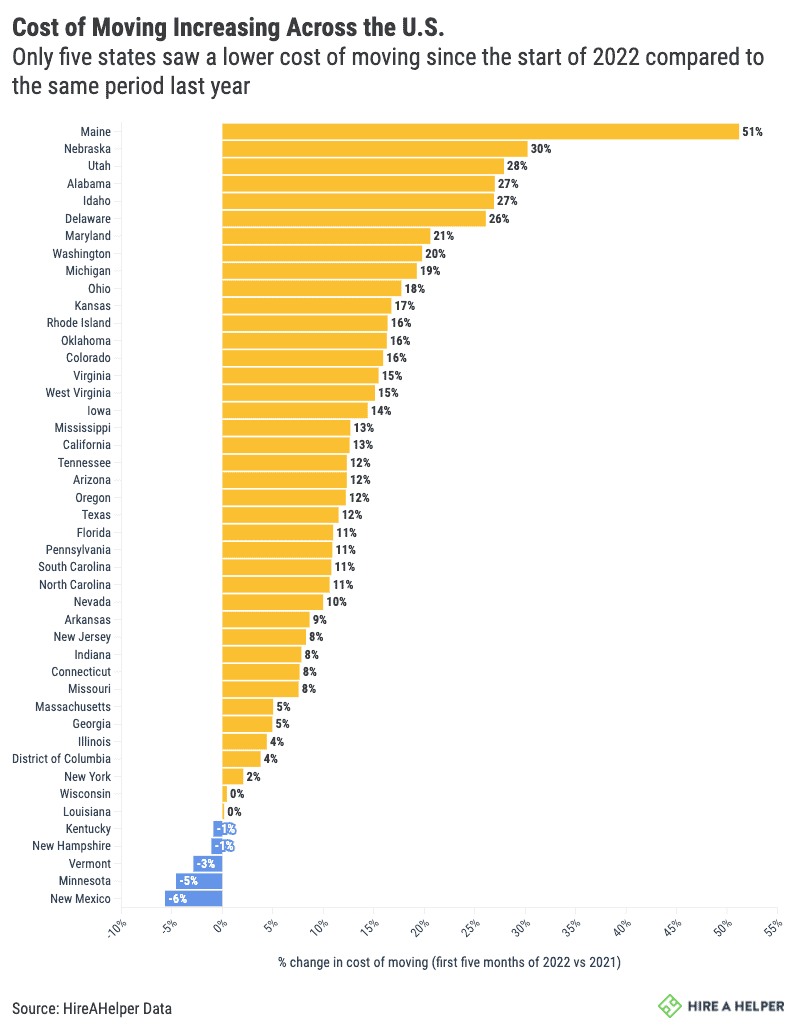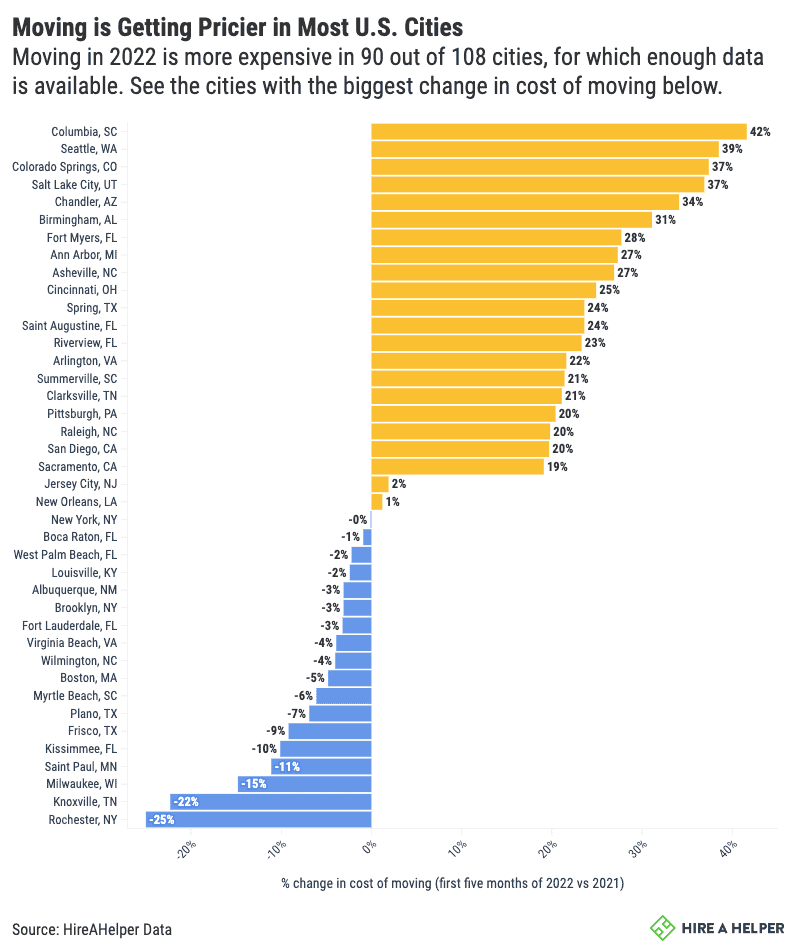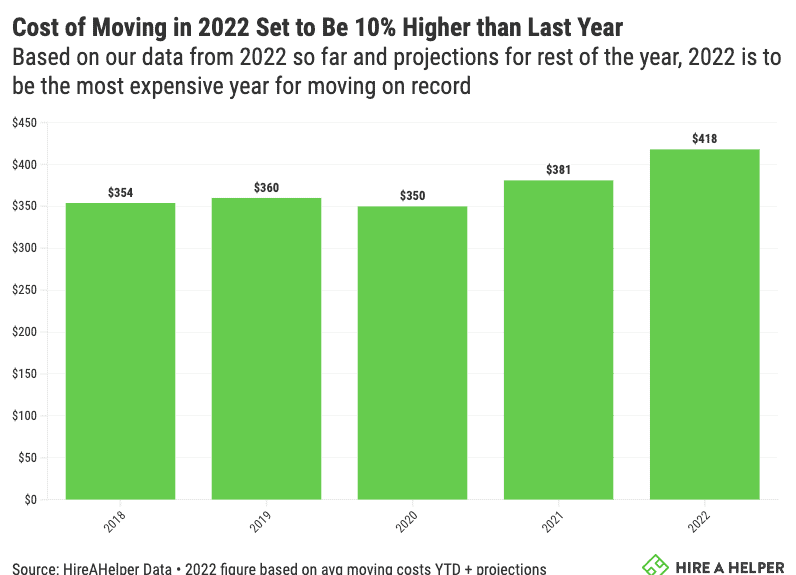One of the biggest questions when it comes to moving —after where you’re moving — is when to make the trip. After all, getting the timing right allows you to fit the move into your life and can make a huge difference in the cost and the moving experience.
You probably already have an idea about when you’d like to move, but is there a best time for moving? You bet!
If cost is your top concern, the best time to move is during the off-season, mid-month, in the middle of the week, and first thing in the morning.
But sometimes, other factors besides cost, such as weather conditions and school schedules, can play a bigger role in your decision. For instance, families with school-aged children may prefer to move during summer break to avoid disrupting the academic year, while those in regions prone to intense winter weather conditions might favor milder seasons to ensure safer travel conditions.
Balancing these factors with cost considerations can help you find the ideal time for your move. Here’s what you should know as you plan your moving timeline.
When Is Moving Season?
Just like in sports or hunting, there is a definite moving season. Moving activity typically peaks during the summer months, between May and September — essentially, when the school is out and the weather is warmer.
During this period, movers often charge more because demand is at its highest. Movers also book up fast, so it can be harder to reserve the dates you want during the busy summer season. For long-distance moves, there can be longer timelines between pick-up and delivery dates as well.
If it’s best for your situation to move during the summer, you’ll want to reserve a date as soon as possible, ideally well ahead of the season. You may also want to consider a less expensive moving solution like driving a rental truck and hiring hourly moving help rather than booking a full-service mover. Or, give yourself enough time to shop around for moving companies to find the best price.
When Is the Best Time of Year to Move?
Given what we know about the seasonality of moving activity, it follows that the best month to move would be outside of the busy summer season —between late fall and early spring. During this time, moving demand is lower, and generally so are prices.
As mentioned earlier, choosing the right time to move isn’t just about cost. You also have to think about weather conditions and other considerations.
While the “off season” is usually the best time to move, it’s not always the best for everyone. Here’s a breakdown of the pros and cons of each season to help you make the most informed decision about when to schedule your move.
| Season | Pros | Cons |
| Spring (March-May) | – Mild weather in most regions
– Less snow and ice to worry about – Lower demand and better prices compared to the busy summer season |
– Possibility of rain
– Can conflict with spring break or school schedules |
| Summer (June-August) | – Warm weather with less risk of snow and ice
– Ideal for families with kids (no school disruptions) |
– Higher demand can lead to higher costs
– Hot weather can impact heat-sensitive items like plants and artwork – 60% of moves happen during this period, so movers book up fast |
| Fall (September-November) | – Cooler weather
– Lower demand for moving services, which can mean better prices – Mild weather conditions make moving easier |
– Back-to-school schedules can interfere
– Hurricane season in some regions (e.g., Southeastern states) |
| Winter (December-February) | – Cheapest time to move
– Less competition for movers and homes – Potential for good real estate and rental deals |
– Extreme winter temperatures and snow in many regions
– Risk of difficult weather conditions like ice or snowstorm delays |
Regional considerations, like local events, road closures, and spring break traffic, can also impact your moving experience, even outside of peak moving season. For instance, the Atlantic hurricane season extends until the end of November 30 — something for those in Southeastern states like Florida and Georgia to watch out for.
Here are some regional moving tips to keep in mind:
| Region | Considerations |
| Northern U.S. | Avoid winter moves due to snow and icy roads if you’ll be doing the driving yourself. |
| Southern U.S. | Be mindful of peak summer heat and hurricane season. |
| Coastal areas | Avoid spring break or other high-traffic beach holidays, and monitor storm patterns in hurricane-prone regions. |
| Mountainous areas | Avoid winter moves due to snow and potential road closures. |
When Is the Best Time of the Month to Move?
Not only are there better times of the year for moving, but there’s also a better time of the month to move.
About a third of the country rents their homes, and most renters move every one to four years. Thanks to most leases beginning early in the month, the first and last weeks tend to be the busiest for moving companies.
This means the middle of the month tends to be the most cost-effective time to move.
“If you’re moving during a warmer season, starting the move early in the day helps you and your movers avoid hauling boxes when the sun is at its hottest.”
While it’s common for rental leases to begin on the first of the month, sometimes renters have the flexibility to move in earlier with prorated rent, or they have the option of a middle-of-the-month lease start date. If this is a possibility for you, consider moving during the middle of the month for lower rates and greater mover availability.
In fact, some apartments may give special discounts when you move in in the middle of the month, just as they offer discounts during times of the year when occupancy is low.
See prices for local moving labor. Read real customer reviews. Easily book your help online.
When is the best time to move into an apartment?
When apartment hunting, you can save money by signing a lease during non-peak times — during the fall (September through November) and winter (December through February).
The longer an apartment sits on the market, the more likely it is that the owner will drop the rent to attract a tenant. So, looking for an apartment before or after the seasonal rush is a great way to save. The tradeoff is that there will be fewer units available, so you’re less likely to find exactly what you’re looking for.
Depending on the terms of your lease, you might not have any flexibility about scheduling your move. But if you do have some wiggle room, aiming for the middle of the month is best, when movers have more availability and you may possibly pay less of a premium for their services.
When Is the Best Time of the Week to Move?
As you might guess, the most popular part of the week to move is the weekend. Most people get time off from work and school on the weekends — and so do their friends or family who are helping them out with the move. This means that weekdays are the best time of the week to move, and the earlier in the week, the better.
If you can swing it, take time off and move during the week. If you’re planning on hiring moving labor or a moving company, this is your best bet for booking movers before calendars fill up. You might even save money on your move (for instance, U-Haul’s truck rental prices are slightly lower on weekdays compared to weekends). As a bonus, you won’t have to worry about childcare if school is in session and you’re moving locally.
When Is the Best Time of Day to Move?
When it comes to moving day, the morning is the best time of day to move for several reasons.
First, your movers are more likely to show up on time. They won’t have any jobs to complete before yours, so there’s less chance of a delay. They’re also more likely to show up fresh and energized.
If you’re moving during a warmer season, starting the move early in the day helps you and your movers avoid hauling boxes when the sun is at its hottest.
Plus, a morning move means you arrive at your new place sooner, giving you ample time to unpack and get settled. Try to get started around 8 am to 10 am — earlier if possible. It’s an early start, but definitely worth it in the end.
FAQs: The Best Time to Move
When is the best time to buy or rent a home?
It depends on what your priorities are. Just because you’ll find the lowest prices doesn’t necessarily mean it’s the “best” time for you to buy or rent.
That said, the height of the home-buying season tends to take place in the late summer and early fall. This means the best home prices can be found closer to the end of the year. Buying a home during this off-season means you’ll deal with less competition and find better prices, but there may be fewer homes on the market that meet your specific preferences or needs.
“…[T]he best month to move would be outside of the busy summer season —between late fall and early spring. During this time, moving demand is lower, and generally so are prices.”
Rental prices tend to hit their lowest points around December through March. This coincides with the best time of year to move, as there is less demand between the late fall and spring months. However, just as with buying a home, while you may have more negotiating power during these off-season months, there will be fewer rentals on the market.
If having more available inventory or aligning with your kids’ school year is more important to you, then doing your home shopping over the summer may be the best time of year. But you also might consider getting a head start in the spring or waiting until the tail end of the summer.
What month is the most expensive to move?
As the summertime is peak moving season, the most expensive months to move are June, July, and August. Because of the increase in demand, it’s common for movers to charge more for their services during this time. After Labor Day, moving activity decreases significantly, which is reflected in lower rates and roomier calendars.
When is the cheapest month to move?
Moving is cheapest at the tail end of the year and at the beginning of the year — during November through March. At this time, you can save as much as 20 to 30% on moving compared to the busy moving season. After this, as moving activity picks up, prices can rise significantly, depending on the moving solution you choose.
The Best Time to Move
“When is the best time to move?” is ultimately a personal question —the answer depends on your budget, priorities, and the unique circumstances of your move. Following the guidelines above will not only help you save some cash, but it can make a world of difference in your moving experience as well.
Need a helping hand? No matter what time you choose to move, making sure you have reliable, professional moving help is a must. Find the top-rated moving help near you to get started.







